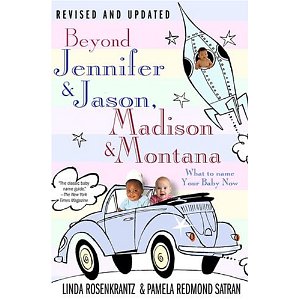But did you know that she can party like a cloth diaper rock star?
You can read about the basic structure of an eLeMeNO-Pee home party here, but I thought it might be fun to show you a recent party that I was able to attend and document!
(Please excuse the cell phone photography. Ahem.)
We started just after 4 pm after munching on chips and salsa, fresh pineapple, and bakery cookies. Our hostess had arranged for extra seating in the living room for her 13 guests, who were all pregnant mothers, mothers of young babies, and mothers of these mothers! (However, many of our parties also include daddies--it's a lot easier for the couple to make the leap into cloth diapering when they receive the education at the same time.)
Jenny H., the consultant for the party, kept a small stash of demo diapers nearby as she introduced and explained each system and style of modern cloth diaper. She began by explaining that everyone knows why cloth diapering is a smart choice, but what's so overwhelming is the how. Guests agreed and sat forward in their seats, waiting for their questions to be answered!
Goodies galore sat waiting on the dining room table for curious hands; meanwhile, guests chuckled their way through Jenny's "Reader's Digest" version of the journey cloth diapers have taken from old-fashioned flats, pins, and pull-on plastic pants to the many inventive, convenient, and fashionable styles available today.
Jenny demonstrated laundry for the group, loading a FuzziBunz hanging diaper pail and unzipping it into an imaginary washing machine to demonstrate the mess-free method for transferring dirties from pail to washer.
A cloth-curious guest got her hands on a modern cloth diaper for the first time while her mother looked on, curious and then amazed. Having some of your support system at a showing with you is a wonderful way to get your team on-board.
After the brief demonstration, everyone headed to the 'showroom' to get a second look at the styles and accessories that interested them the most. This is when mamas really get a feel for the 2-3 styles they want to try. Jenny had her Kindle Fire available for any guest to browse our Web site and check out all the available color, print, and laundry scent options!
Jenny and a guest discussed newborn diapering in further detail; some mamas were interested in cloth from Day One, while others thought they might wait until one-size diapers fit to get started. Jenny's job is to validate that both of those paths are great options--cloth diapering is a lifestyle choice, but it's one that can be seamlessly integrated into family life!
As Q&A wrapped up, guests sampled the delicious scents of our Hosie Naturals product line, which features organic, plant-based mom-and-baby skincare ranging from cloth diaper-safe "Butt Balm" and wipe solution concentrate to a labor-augmenting body oil and a stretchmark-reducing belly butter, while Jenny was available in the next room for guests who wished to purchase products or receive a complementary eLeMeNO-Pee registry consultation.
Looks like fun, doesn't it? It is, and hosting an eLeMeNO-Pee party comes with lots of rewards that graduate based on the party sales total. In fact, our Home Office is currently developing a quarterly 'specials and hostess incentives' schedule that will make hosting a party even more rewarding!
Here are some tips for hosting a successful eLeMeNO-Pee cloth diaper party:
1) Invite dads, and encourage them to come by letting them know that your partner will be present. Your guests will be more likely to invest in a starter stash if they are able to talk over the financial benefits with their husbands.
2) Invite from lots of circles. Chances are you know expectant and brand-new parents who don't know each other. eLeMeNO-Pee parties are a great way to introduce potential new friends and to get questions answered that you might not have thought to ask.
3) Have some munchies available, but don't stress about the snacks. Everyone will be focusing on the products, anyway, and you'll find you have leftovers no matter how little you think you're preparing. Go for ease for yourself and pregnancy-friendly for your guests.
4) Be ready to start your stash. Look over the current hostess incentives. Have a sales goal in mind and invite other friends and acquaintances who are motivated to jump in! Party attendance carries no commitment, so it doesn't hurt to have guests who are early in pregnancy and just wanting to get a feel for cloth, but your party total will be higher (and you'll receive more rewards!) if your guests are the adventurous types who are ready to order 'a starter stash.'
Ready to host a party? All it takes is contacting your local eLeMeNO-Pee consultant or setting up a virtual party with the Home Office. Simply book, invite, learn, and earn your rewards!

.JPG)
.JPG)
.JPG)
.JPG)
.JPG)
.JPG)
.JPG)
.JPG)
.JPG)
.JPG)
.JPG)




.JPG)










.JPG)
.JPG)
